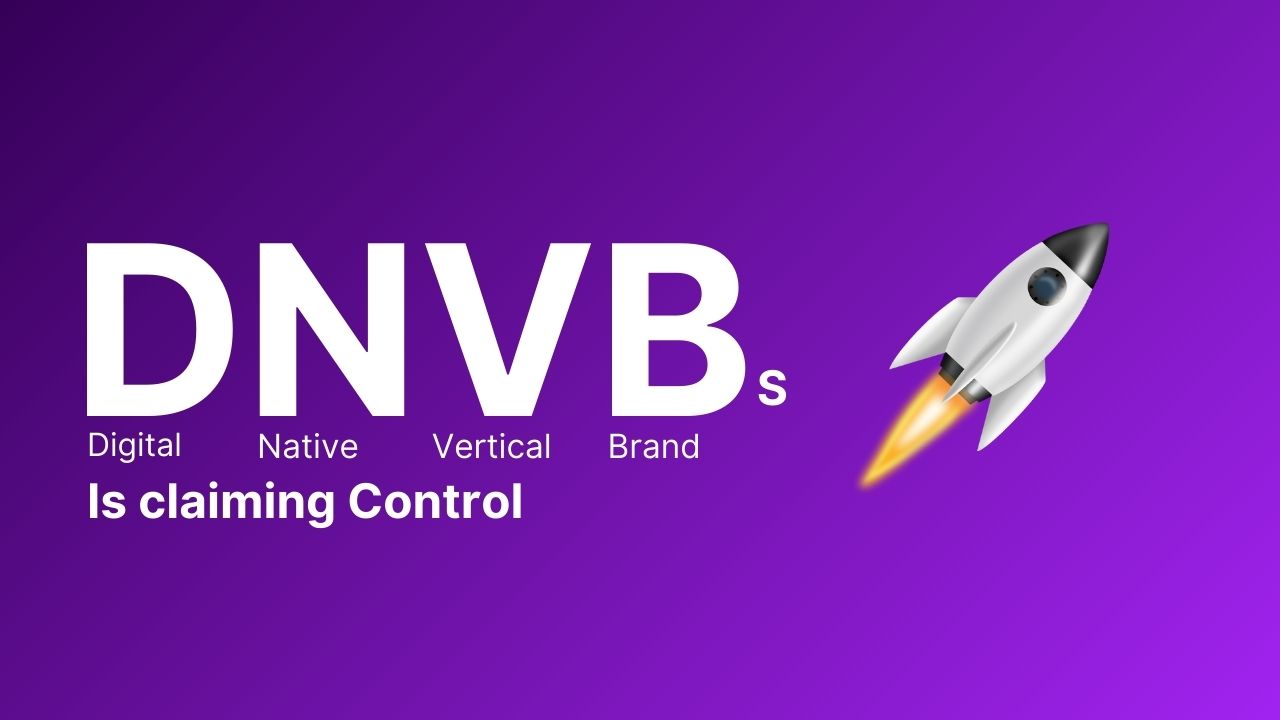Introduction:
In today’s rapidly evolving retail landscape, a new breed of brands has emerged, challenging the traditional ways of doing business. These brands, known as Digitally Native Vertical Brands (DNVB), are redefining the retail experience by seamlessly integrating digital and physical channels to deliver exceptional products directly to consumers. In this article, we will explore the rise of DNVB, their unique characteristics, and the reasons why they are claiming control in the retail industry.
Statistics:
- According to recent research, DNVB have experienced remarkable growth, with their sales reaching $40 billion in 2018.
- The global DNVB market is predicted to grow at a CAGR of 23.4% from 2019 to 2025.
- A survey found that 55% of consumers are willing to pay a premium for products offered by DNVBs due to the value and authenticity they provide.
Facts:
- DNVBs are typically born online and have a digital-first mindset, allowing them to leverage technology to disrupt traditional retail models.
- These brands prioritize direct-to-consumer sales channels, eliminating intermediaries and relying on data-driven insights to personalize the customer experience.
- By controlling every aspect of the supply chain, from sourcing to fulfillment, DNVBs maintain full control over their products, ensuring quality and consistency.
What is a Digitally Native Vertical Brand?
A Digitally Native Vertical Brand is a business that operates primarily online and sells its products directly to consumers, cutting out middlemen. Unlike traditional brands that may rely on wholesale distribution, DNVBs take a vertically integrated approach, spanning the entire value chain. They manage everything from design and production to marketing, sales, and customer support.
DNVBs are Growing Exponentially:
- The rise of e-commerce and the increasing consumer demand for convenience have fueled the growth of DNVBs.
- These brands have successfully tapped into niche markets, offering unique and specialized products that resonate with specific consumer groups.
- DNVBs leverage social media platforms and digital marketing strategies to build a loyal customer base and create buzz around their brand.
DNVB vs DTC:
While DNVBs and Direct-to-Consumer (DTC) brands may seem similar, there are subtle differences between the two. DTC brands primarily focus on eliminating intermediaries and selling directly to consumers, but they may not always have a digital-first approach. On the other hand, DNVBs combine the digital-first mindset with vertical integration, allowing them to have full control over the entire customer journey.
Are DNVBs the Future of Retail?
Given the rapid growth and success of DNVBs, it is evident that they are disrupting the retail landscape. With their direct-to-consumer approach, enhanced customer experiences, and ability to adapt to changing consumer preferences, DNVBs are reshaping the future of retail. They offer convenience, transparency, and a personalized touch that traditional retailers struggle to match.
Also read this: Retention Marketing helps to Grow your Business
Challenges Facing DNVBs:
- Despite their rapid growth, DNVBs face several challenges. Building brand awareness and trust in a crowded marketplace is a significant hurdle.
- Scaling operations while maintaining quality control and a personalized customer experience can be challenging for DNVBs.
- Competition from established retail giants and the need for continuous innovation to stay ahead of the curve are ongoing challenges.
4 Digitally Native Vertical Brand Examples:
Here are four notable examples of DNVB that have made a mark in their respective industries:
- Warby Parker – Warby Parker revolutionized the eyewear market by offering affordable, stylish glasses through an online-first approach. By providing a try-at-home program and cutting out traditional retail markups, they disrupted the industry while maintaining exceptional customer service.
- Casper – Casper disrupted the mattress industry by selling high-quality, affordable mattresses directly to consumers through their website. By removing the need for physical showrooms and offering a risk-free trial period, they redefined the way people shop for mattresses.
- Allbirds – Allbirds is an eco-friendly footwear brand that became known for its comfortable and sustainable shoes. By combining natural materials, minimalist design, and direct-to-consumer sales, they gained a loyal following and challenged the dominance of established footwear brands.
- Everlane – Everlane is a clothing brand known for its commitment to transparency and ethical manufacturing practices. By selling directly to consumers and cutting out traditional retail markups, Everlane offers high-quality, sustainable fashion at accessible prices.
Conclusion:
The rise of Digitally Native Vertical Brands is transforming the retail industry by offering personalized experiences, cutting-edge products, and direct access to consumers. These brands have quickly gained traction by leveraging technology, data-driven insights, and a customer-centric approach. As DNVBs continue to evolve and expand, the future of retail is undeniably being shaped by their innovative mindset and unwavering control over the entire value chain.


